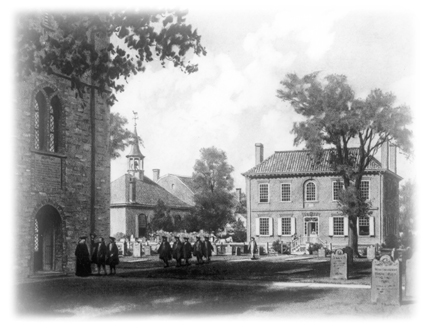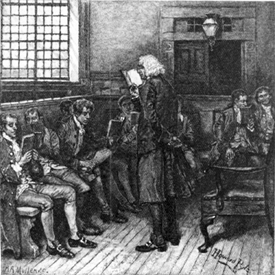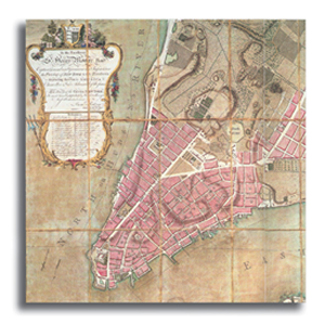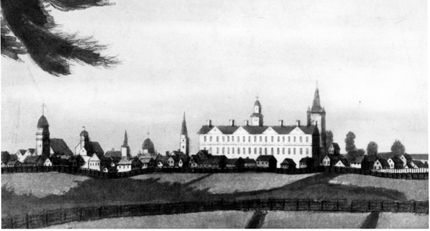|
|
 |
 |
 |
 |
|
COLUMBIA'S 250TH ANNIVERSARY250 Years
|
|||||||||||||||||||||||||||||||||||||||||||||||||||||||||||||||||||||||||||||||||||||||||||||||||||||||||
|
|
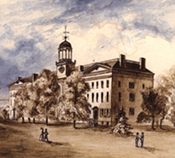 |
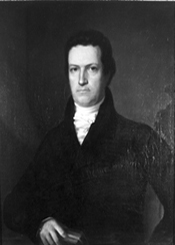 |
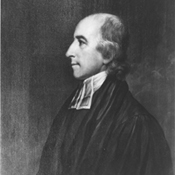 |
| Middle: Benjamin Moore
(Class of 1768) Bottom: DeWitt Clinton (Class of 1786) |
|
|
1784
King’s College reopens and is renamed Columbia College by
the New York State Legislature. The word “Columbia”
recently had been coined by patriotic poets and was first put to
historical use here. John Jay (Class of 1764) and Alexander Hamilton
(Class of 1778) are instrumental in the reopening. The new charter
declares Columbia the “mother college” of the University
of the State of New York.
1786
Columbia College graduates its first class of eight students, among
whom is future governor and statesman DeWitt Clinton.
1787
A new charter vests Columbia’s governance in a self-perpetuating
24-member board, which is redesignated “the Trustees of Columbia
College in the City of New York.” The N.Y.S. Legislature approves
a new charter for “Columbia College in the City of New York,”
by which the College reverts to its earlier status as a privately
governed college serving New York City.
1801
Benjamin Moore (Class of 1768), rector of Trinity Church and bishop
of New York, becomes Columbia’s fifth president. He continued
his duties as New York bishop and Trinity Church rector and was
the first graduate of the College to become its president.
1802
The Philolexian Society, Columbia’s first student-run literary
society and its oldest student organization, is founded.
1810
The 1787 College charter is amended and reenacted and a new curriculum
is introduced.
1830
The trustees issue new statutes in anticipation of the establishment
of the “University of the City of New York” (later NYU),
which aimed at attracting sons of the city’s commercial middle
class. The College’s curriculum is revised to include a “Literary
and Scientific Course” to appeal to the same constituency.
|
|
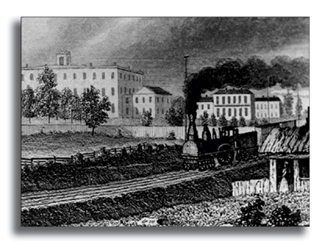 |
| The Deaf and Dumb Asylum,
Madison Avenue |
1836
A chapter of Alpha Delta Phi, the College’s first national
fraternity, is organized.
1856
Trustees buy the Deaf and Dumb Asylum property on Madison Avenue,
between 49th and 50th Streets; a bargain at $63,000. It is seen
as a temporary site for the College.
1857
Columbia sells its Park Place campus for $600,000 and moves to 49th
Street and Madison Avenue, near what is now Rockefeller Center.
The Main Hall of the College at Park Place is demolished.
1860
Intercollegiate sports begin at Columbia with a baseball game against
NYU.
1864
The School of Mines (now the Fu Foundation School of Engineering
and Applied Science) is founded.
1870
Columbia loses to Rutgers 6–3 in the fourth intercollegiate
football game played.
1877
The Columbia Spectator is founded as a small, bimonthly
publication.
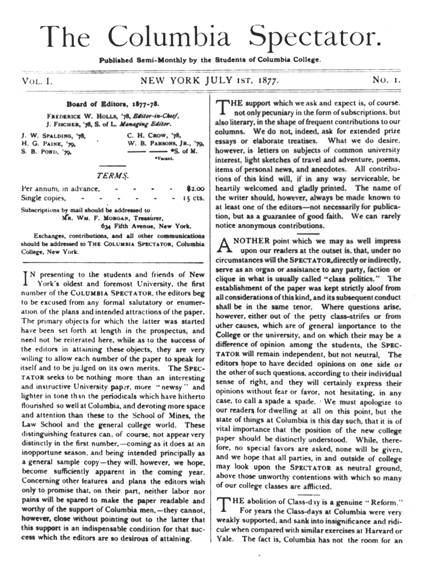
1879
President Frederick A.P. Barnard’s Annual Report to trustees
introduces the topic of “The Expediency of Receiving Young
Women as Students.”
1883
The trustees approves a system for “Collegiate Education of
Women,” whereby qualified women could take Columbia examinations
and receive Columbia degrees but could not attend Columbia courses.
1889
The trustees approve the creation of Barnard College as a separate
women’s college; it is to “rent” faculty from
Columbia.
1892
The University acquires 18 acres on Morningside Heights for a new
campus.
1893
The trustees select the architectural firm of McKim, Mead &
White to develop the Morningside site.
|
|
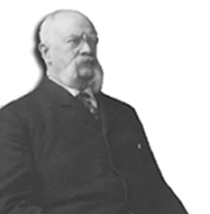 |
| John Howard Van Amringe
(Class of 1860)
|
1894
Mathematics Professor John Howard Van Amringe (Class of 1860) succeeds
Henry Drisler as dean of the School of the Arts; in 1896, he becomes
the first dean of the College.
1896
President Seth Low (Class of 1870) leads the dedication of the Morningside
Heights campus. He speaks of University’s responsibilities
to the City of New York, and trustees adopt the institutional designation
of “Columbia University in the City of New York.” The
undergraduate school now is to be known as Columbia College.
1897
The College moves to Morningside Heights. The 49th Street campus
is sold and its buildings demolished.
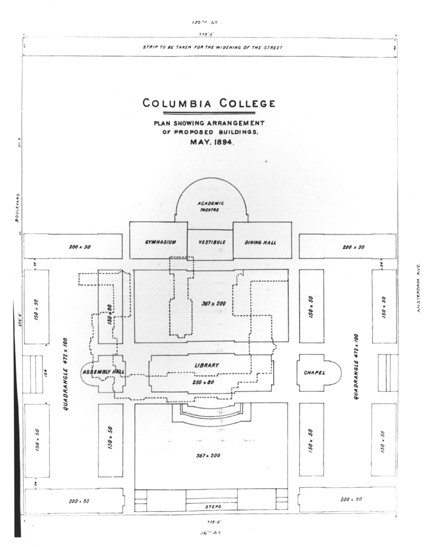
1902
Nicholas Murray Butler (Class of 1882) becomes Columbia’s
12th president, serving until 1945 — the longest tenure of
any Columbia president.
|
|
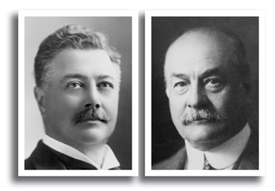 |
| Left: Seth Low (Class of 1870) |
1903
Alma Mater is installed in front of Low Library.
1905
Columbia abolishes intercollegiate football to protest the sport’s
violence. The ban lasts until 1916.
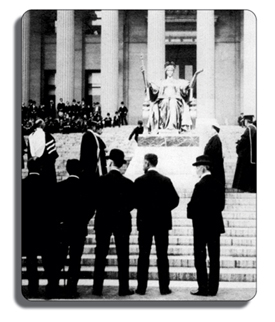
1919
The College introduces “Introduction to Contemporary Civilization,”
the first course in the Core Curriculum.
|
|
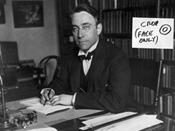 |
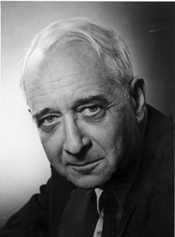 |
| Top: John Erskine '90 |
|
|
1920
John Erskine (Class of 1900) teaches the first General Honors course,
a precursor to the Humanities sequence in the Core Curriculum.
1925
Lionel Trilling, a renowned Columbia professor of English literature
and one of the greatest critics of his generation, graduates. He
and his wife, Diana, an author, will be at the center of New York’s
liberal intelligentsia for decades to follow.
Baker Field’s football stadium, on the northernmost tip of Manhattan, is completed.
1934
Columbia’s football team beats Stanford 7–0 in the Rose
Bowl.
1937
The Humanities A (later Literature Humanities) requirement begins.
Humanities B (music and fine arts) begins as an optional sequence.
1941
Research into the atom by faculty members I.I. Rabi, Enrico Fermi
and Polykarp Kusch brings the physics department into the international
spotlight.
WKCR gets its broadcasting license.
1946
University enrollment tops 37,000 students, its historic high, with
a surge of students enrolling under the GI Bill.
|
|
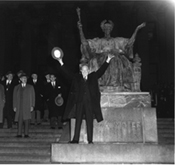 |
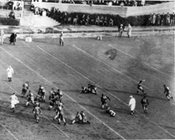 |
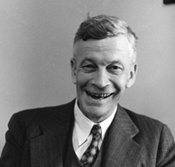 |
| Top: Dwight D. Eisenhower says goodbye
on his way to the U.S. presidency |
|
|
1948
Dwight D. Eisenhower becomes Columbia’s 13th president. He
serves until January 1953, when he is inaugurated as president of
the United States.
1954
Columbia has a year-long celebration of its bicentennial with the
theme “Man’s Right to Knowledge and the Free Use Thereof.”
A major campus building program is activated and, by the end of
the following decade, five of the University’s schools are
housed in new buildings.
1956
Ivy League football is inaugurated; Columbia is one of eight teams
in the league.
1959
Legendary English professor Mark Van Doren retires after nearly
40 years at Columbia.
1965
Students found the Double Discovery Center.
1968
Students occupy five campus buildings, protesting the construction
of a gymnasium in Morningside Park. After eight days, the NYPD clears
the buildings and arrests 712, including 524 Columbia students.
|
|
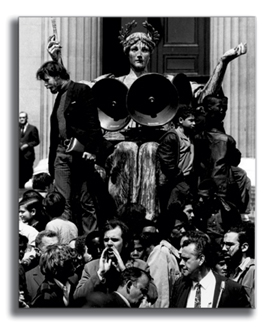 |
| Student protests, 1968 |
1982
Lawrence Wien ’25 donates $3 million for the renovation of
Baker Field.
1983
The College admits its first fully coeducational class, although
some women already were attending as transfer students.
1988
The football team’s 44-game losing streak ends with a 16–13
Homecoming win over Princeton.
|
|
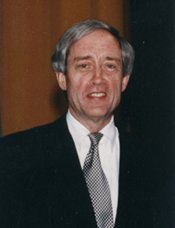 |
| George Rupp |
1990
The Extended Core (later Major Cultures) requirement is established.
1993
George Rupp becomes the 18th president of Columbia and pledges to
restore the College’s place as the center of the University.
During Rupp’s nine-year tenure, the College becomes one of
the most selective schools in the country, and nearly every graduate
and professional school also experiences a dramatic increase in
applications.
1995
Austin E. Quigley is named the 14th dean of the College. Under his
leadership, the College would make great strides in facilities,
admissions and student services and would fulfill Rupp’s pledge
about taking its place at the center of the University.
|
|
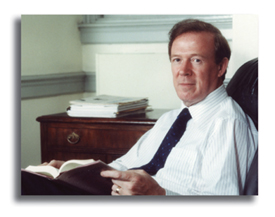 |
| Dean Austin E. Quigley |
1999
A new student center, Alfred Lerner [’55] Hall, is completed.
It replaces Ferris Booth Hall, which had served as the student center
since 1960.
|
|
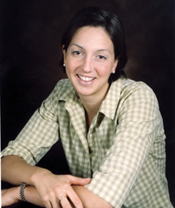 |
| Cristina Teuscher '00 |
2000
Cristina Teuscher ’00 becomes the first Ivy Leaguer to be
chosen as the nation’s female collegiate athlete of the year.
Teuscher won an individual swimming bronze medal at the 2000 Olympics
in Sydney after having won a relay gold medal in the 1996 Olympics
in Atlanta.
The Roone Arledge [’52] Auditorium and Cinema in Alfred Lerner
Hall is dedicated. Arledge, a television news and sports pioneer,
won 36 Emmy Awards before his death in 2002.
2002
Renovations to historic Hamilton Hall begin.
Lee C. Bollinger becomes the University’s 19th president.
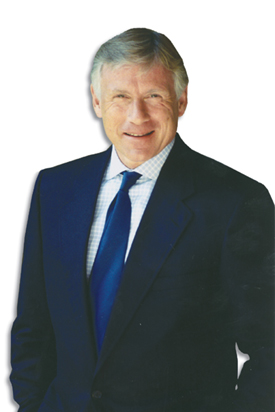 |
| President Lee C. Bollinger |
2003
The men’s and women’s fencing teams win Ivy League titles,
continuing Columbia’s tradition of fielding outstanding teams
in this sport.
2004
Columbia University celebrates its 250th anniversary.
Lisa Palladino
Sources: Admissions Office; Timothy P. Cross, An Oasis of Order: The Core Curriculum at Columbia College; Archives Department of Trinity Church; Columbia University 2003 Facts; FACETS; Introduction to the King’s College History Website; Intro to Early Columbia College Website; Professor Robert McCaughey, Columbia: From College to University: 1858–1901 Website
PHOTO CREDITS, clockwise per page: page 30: Columbia University Archives, Columbiana Library; page 31: Columbia University Archives, Columbiana Library; Columbia University Archives, Columbiana Library; Columbia University Archives, Columbiana Library; Paul E. Cohen and Robert T. Augustin, Manhattan in Maps: 1527–1995 (New York: Rizzoli, 1995), 74; page 32: Frick Art Reference Library; Columbia University Archives, Columbiana Library; Columbia University Archives, Columbiana Library; page 33: Columbia University Archives, Columbiana Library; page 34: Columbia University Archives, Columbiana Library; Columbia University Archives, Columbiana Library; Columbia University Archives, Columbiana Library; Columbia University Archives, Columbiana Library; Columbia University Archives, Columbiana Library; page 35: CCT file photo; CCT file photo; CCT file photo; page 36: George Zimbel ’51; Alan R. Epstein; page 37: CCT file photo; page 38: Eileen Barroso; U-M Photo Services, Bill Wood; Eileen Barroso; Eileen Barroso
| || | || |
CCT Home |
|
|
CCT Masthead |
